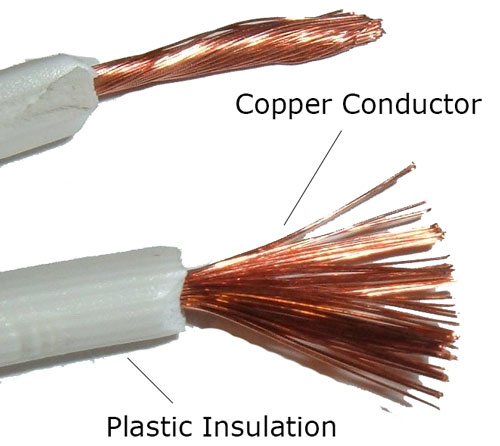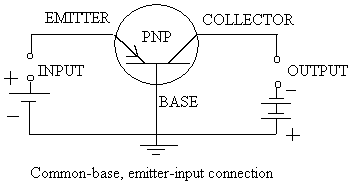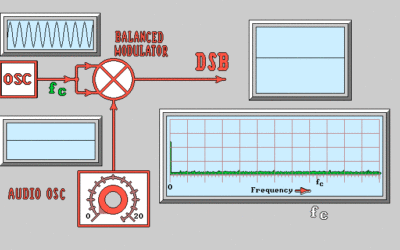 Conductor is the name assigned to a broad catagory of materials through which a practical amount of
Conductor is the name assigned to a broad catagory of materials through which a practical amount of
electric current can flow under normal conditions. Most conductors are metallic.
The usefulness of metal to conduct electric current stems from the abundance of free electrons in the material, the free electrons available to be moved through the metal when material is part of a complete electrical system. However, not all materials are good conductors. Silver is the best material for this purpose whereas nichrome has minimum of free electron, hense is called a bad conductor.
Refer to the at right showing free electron in a conductor and chart showing conductance (Relative ability to conduct) for known materials used as conductors today
Insulators is the name given to a special group of materials that provide extremely poor paths for electric currents.
No material is completely void of free electrons. But if they are so few in number, relatively speaking, that a practical and useful amount of electric current cannot flow under normal conditions, we consider the material to be an insulator.
Examples of such substances are plastic, glass, mica, mineral oil, rubber, dry paper, dry wood, cotton and ceramic substances.




